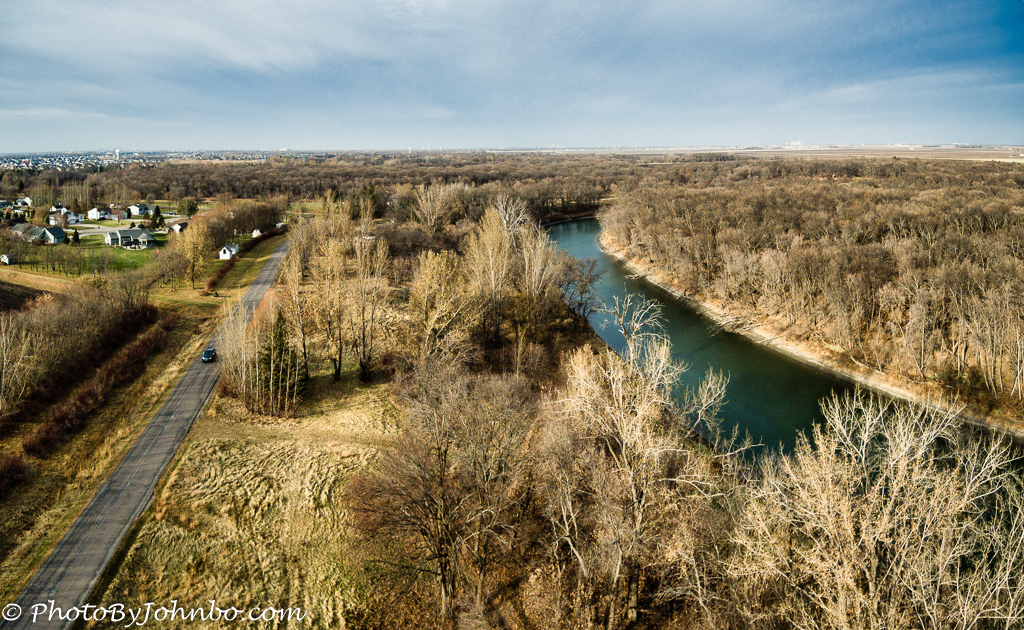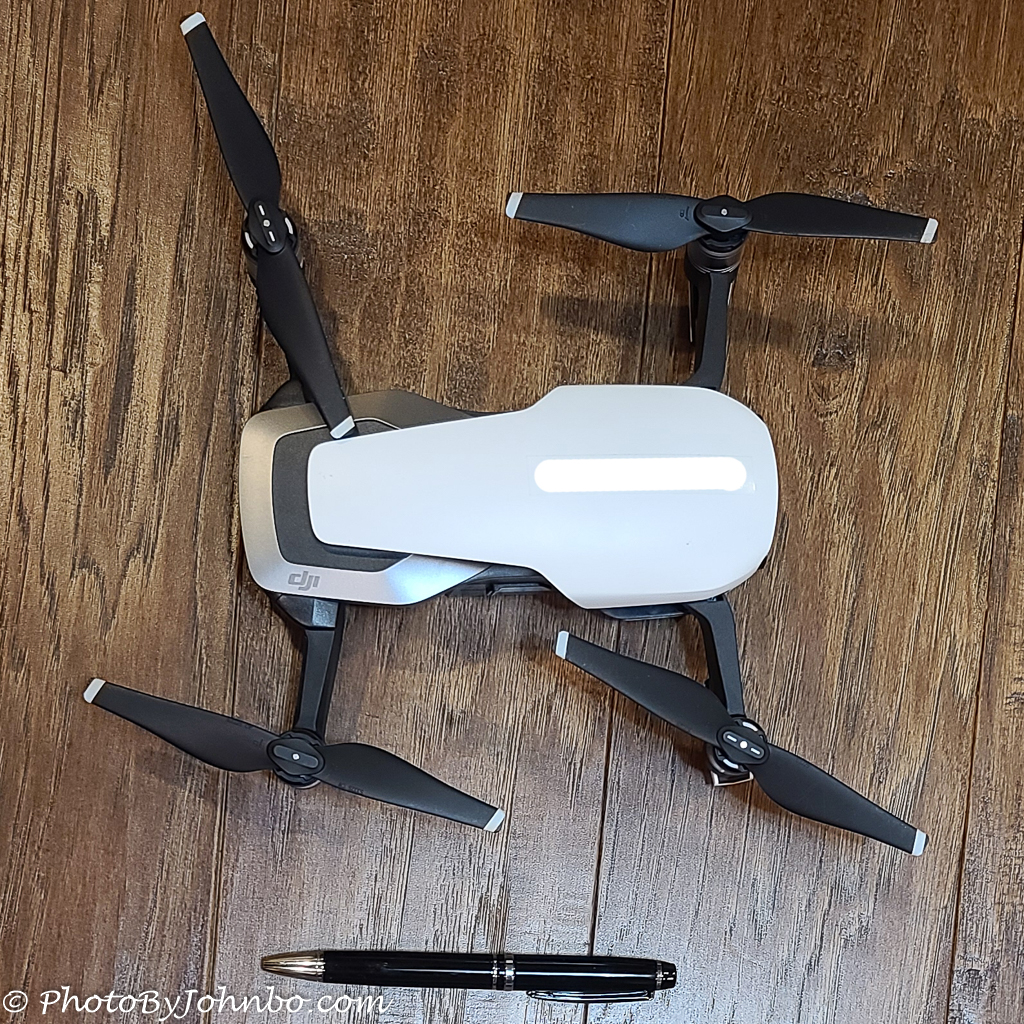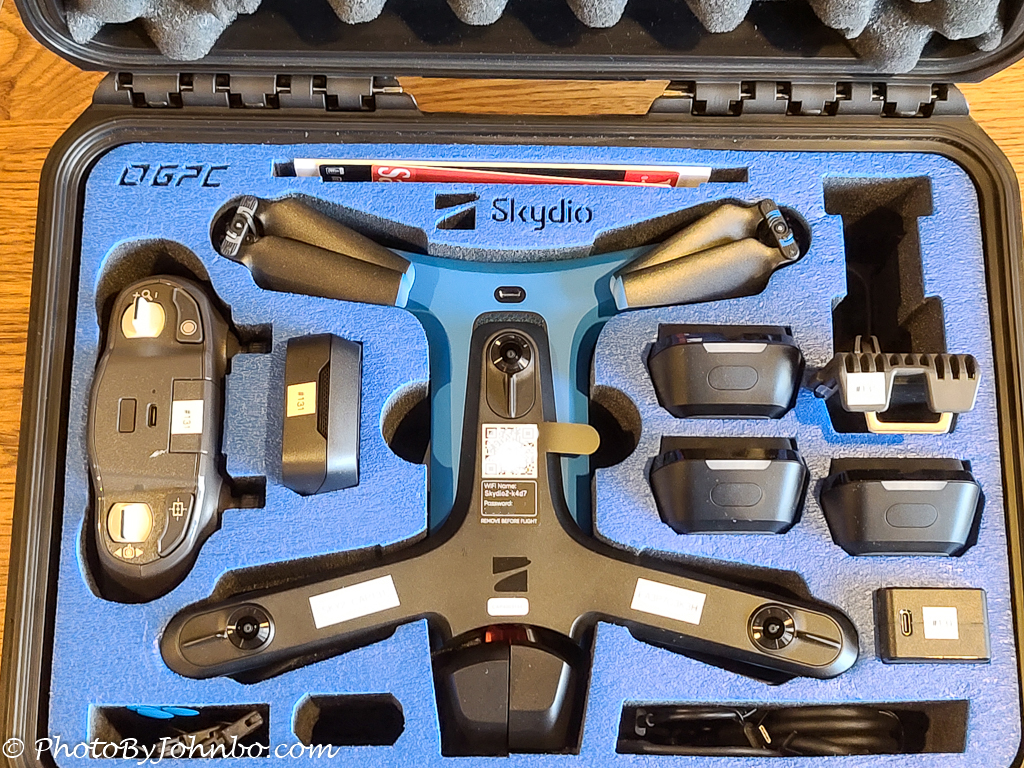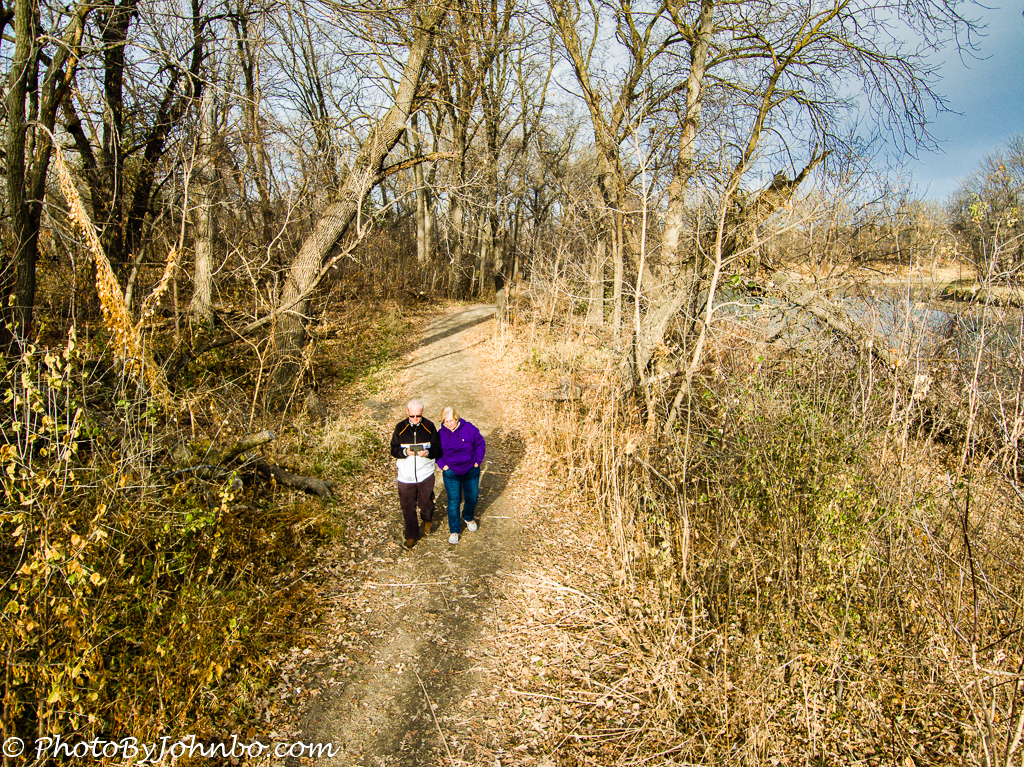Fargo, North Dakota.
As this is being written in the midst of a Presidential election vote count that is seeming to take forever, I started looking for a diversion from hours on end of talking heads and electoral college maps. An email from one of my Civil Air Patrol (CAP) colleagues alerted me to a webinar featuring information on new drones in our fleet. I sat in on the webinar and immediately got the itch to find out more about this new generation of flying cameras.
I’ve made it no secret that I purchased a drone in 2019 to add to my camera gear. My purpose was twofold; to add more variety to my blog posts and to gain proficiency in drone operations for Civil Air Patrol missions. I purchased a DJI Mavic Air because of its small size for transport and its brand affiliation (and therefore similarity of flight control) with the CAP drones, larger, more sophisticated, and considerably more expensive aircraft models. CAP now operates the largest fleet of small drones in the world, the vast majority of them being DJI products.
Besides the lower price, Mavic Air drones are easy to transport. The propellers are on foldable arms that tuck beside the body which is only a little bit longer than a standard pocket pen. The drone and its accessories fit into a small backpack camera bag suitable for using to hike to a scenic location, so it fits my photography application very nicely.
Politics, Espionage, and National Security
DJI is a major player in the drone market and it’s no wonder because DJI has a quality product line. The products, however, are designed with Chinese components and software engineering. Due to security concerns, the Department of Defense has forbidden the use of drones with software engineered in China for certain applications involving both military and civilian applications that relate to our national security. That affects some of our CAP missions.
A large percentage of the CAP DJI drone fleet has had its software redesigned to ensure there is no potential for nefarious activity by the Chinese government. Those units are the only DJI product that can be used on Air Force related missions. For our civilian missions, such as disaster relief or missing person searches, we are allowed to use unmodified DJI products as national security is not at risk.
That brings me to one of the reasons why CAP has moved to the Skydio platform. Coincident with the desire to move away from Chinese-manufactured drones, Skydio has attracted a growing customer base of government agencies due to autonomous flight control software that makes their drones easy to fly and able to avoid obstacles automatically. In addition, its products are designed, engineered, and assembled in the United States and are certified for use in applications where other products are not authorized.
Due to the nature of electronic components needed, there are specific components that are currently only available from Chinese sources. Those components are the only remaining Chinese products in Skydio’s drones. The company is working toward replacing even those basic components. From their website, “We take our responsibility as America’s leading drone manufacturer seriously. We design, assemble, and support our products in the U.S. We develop our software in-house and source our processors from U.S. companies. That enables us to provide a high level of supply chain security and serve as a trusted partner to government customers. The result is a homegrown aircraft that reflects the best of American innovation, trustworthiness, and craftsmanship.”
Recently, the North Dakota Wing CAP received some of these Skydio kits. Though similar to the kits available for retail purchase, CAP ordered some special configurations that fit our specific operational needs.
The autonomous nature of the drone allows it to track people or vehicles while simultaneously ensuring that it “watches where it’s going” and doesn’t run into any obstacles in the way. In the image above, the drone is tracking my wife as she walks through an open field. By default, the camera turns on and records video during the entire duration of the flight. Alternatively, it can be set to record a still image at intervals between 1 and 10 seconds between shots. For my tests, however, I shut off both automatic capture modes.
As the tools and controls are new and somewhat different from the DJI system, I opted to test it in open areas until I got a handle on using the software. It didn’t take long, though, and we were walking along trails with trees on both sides, the drone’s six positional cameras making sure that it either went around, above, or below obstructions, or if it couldn’t figure out how to avoid an obstacle, it would just stop and hover in place.
Video is this camera’s forte, but I am most interested in still photo performance. I switched off the automatic video recording and, doing what I do with my Mavic Air, I manually pressed a shutter button whenever I felt like taking a photo. To give you a feel for the image qualities, the opening and closing images are from the drone. The first is actually a panorama of two images stitched together in Lightroom. The last is simply a snapshot from the camera as it tracked Lynn on our walks around the park.
The output of the camera is excellent right off the microSD card, but almost any digital image can be improved by some “tweaking” in a post-processing tool like Adobe’s Lightroom or Skylum’s Luminar. After I gain more experience with this new drone, I will give you a closer look at the Skydio 2.
John Steiner







I feel that as I read your posts, I am more and more tempted by a drone for my photos. Hum, to think about …
They do give you opportunities for unique images, and they are fun to fly in their own right. Note that I can’t speak to rules outside the United States, and not to be discouraging, but be sure to understand whatever legal ramifications are attached to flying drones in your country.
In the United States, for example, there are two sets of rules, recreational and commercial. Pilots here end up choosing one or the other for their flights and have slightly different legal requirements to meet depending upon that choice.
I am thinking of this in the context of my relocation to Europe where I will be more likely to travel by car and therefore be able to carry a drone. Just thinking of…
Thanks for the exposition, JS. It’s difficult to do in the moment, but can you imagine what you would have said if someone told you 50 years ago that autonomous drones would exist in the future and that civilians could own them?
Isn’t that the truth! So many things these days we can say the same thing about!
Have a drone myself, but never learned how to fly it. Guess I should see what it does when the weather here is better.
Fascinating, John. I enjoyed your description and photos. Drones certainly expand your photographic possibilities. Nat Geo had a marvelous article on drone images from 2020. I’m imagining all types of interesting places where you can photograph now!
Just like a good book review, thank you, my friend.
Thanks for stopping by and taking the time to comment.